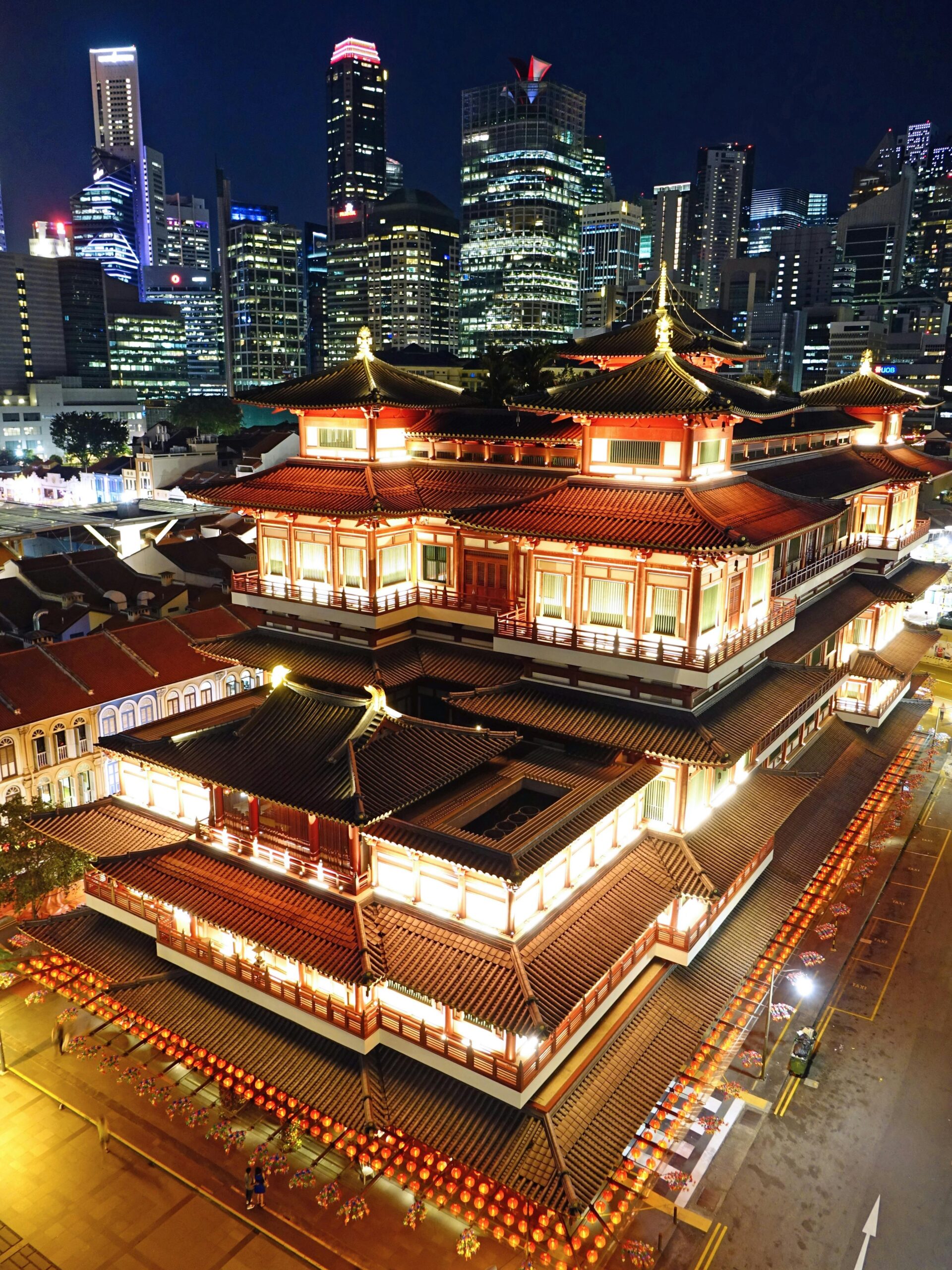Singapore’s transformation into the wealthiest country in Asia is nothing short of remarkable, especially considering its lack of natural resources. This success is primarily attributed to strategic investments in manufacturing, the development of a global shipping hub, and the creation of a robust financial centre.
The Manufacturing Powerhouse
In the early years after its independence in 1965, Singapore focused on industrialization to drive economic growth. The government, under the visionary leadership of Lee Kuan Yew, actively promoted manufacturing by creating a favourable environment for multinational corporations (MNCs). These corporations were attracted by Singapore’s stable political climate, skilled labour force, and strategic location at the crossroads of global trade routes. The establishment of industrial estates and free trade zones further boosted the manufacturing sector, which became the backbone of the economy throughout the 1970s and 1980s.
Building a Global Shipping Hub
Singapore’s strategic location was a natural advantage for developing a world-class port, which has since become one of the busiest in the world. The government invested heavily in port infrastructure, and today, Singapore’s port is renowned for its efficiency and connectivity. The ongoing development of the Tuas Mega Port, which is expected to be the world’s largest fully automated terminal by 2040, underscores Singapore’s commitment to maintaining its leadership in global shipping. This port will enhance the city-state’s role as a key node in international supply chains, further cementing its status as a global trade hub.
The Rise of a Financial Centre
By the 1990s, Singapore began to pivot towards becoming a financial powerhouse. Leveraging its reputation for political stability, strict regulatory environment, and advanced infrastructure, the city-state attracted major financial institutions from around the world. Today, Singapore ranks as the third-largest financial centre globally, behind only New York and London, and the largest in Asia. Its financial sector is diverse, encompassing banking, wealth management, insurance, and fintech, making it a magnet for international investors and high-net-worth individuals (HNWIs).
What It Means for International Investors
For international investors and HNWIs, Singapore presents a unique opportunity. Its favourable tax policies, such as a flat 17% corporate income tax rate and no capital gains tax, make it an attractive destination for business and investment. The ease of doing business in Singapore, with its English-speaking environment, robust legal framework, and extensive network of free trade agreements, further enhances its appeal. Additionally, Singapore’s commitment to innovation and sustainability, as seen in its investments in technology and green infrastructure, positions it as a forward-thinking hub in an increasingly digital and eco-conscious world.
In conclusion, Singapore’s journey from a resource-poor nation to the richest country in Asia is a testament to strategic planning, innovation, and adaptability. For international investors and HNWIs, Singapore offers not only financial opportunities but also a stable and progressive environment to safeguard and grow wealth. The city-state’s continued focus on connectivity, technology, and financial services ensures that it will remain a key player on the global stage for years to come.








Recent Comments